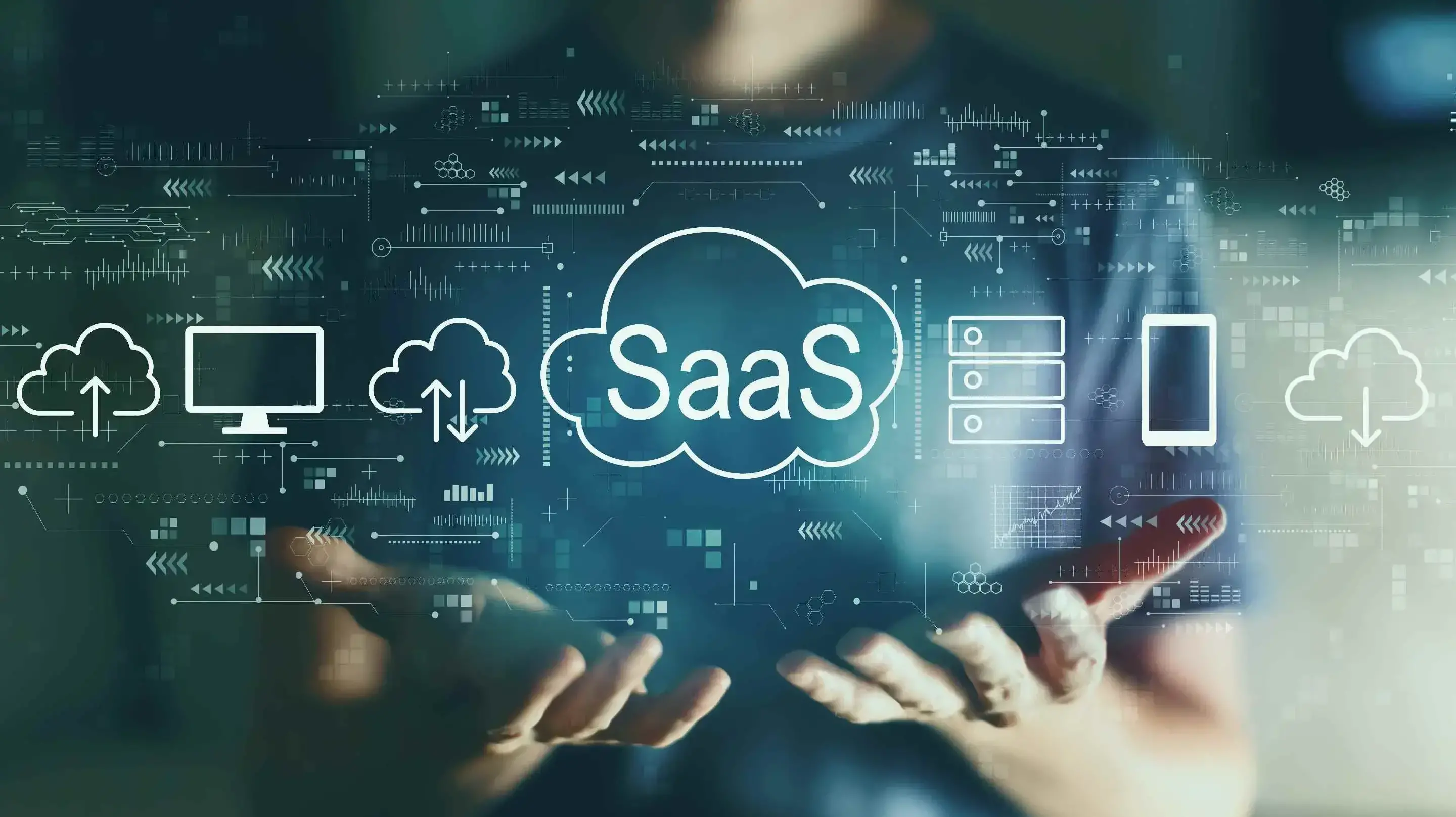
The rise of cloud computing has revolutionized the way we access and utilize software. One of the most prominent manifestations of this transformation is Software as a Service (SaaS). SaaS has become a ubiquitous part of both personal and professional lives, from streaming entertainment to managing complex business operations. This article explores what SaaS is, its benefits, challenges, and the future of this dynamic delivery model.
SaaS is a software distribution model where applications are hosted by a provider and made available to customers over the internet.Instead of purchasing and installing software on individual devices, users access it on demand, typically through a web browser or a dedicated mobile app. The provider manages the underlying infrastructure, including servers, storage, and networking, as well as software maintenance, updates, and security. Users typically pay a subscription fee to access the service, often on a monthly or annual basis
The SaaS market is vast and diverse, encompassing a wide range of applications, including:
© 2025 - All Rights Reserved - Designed by